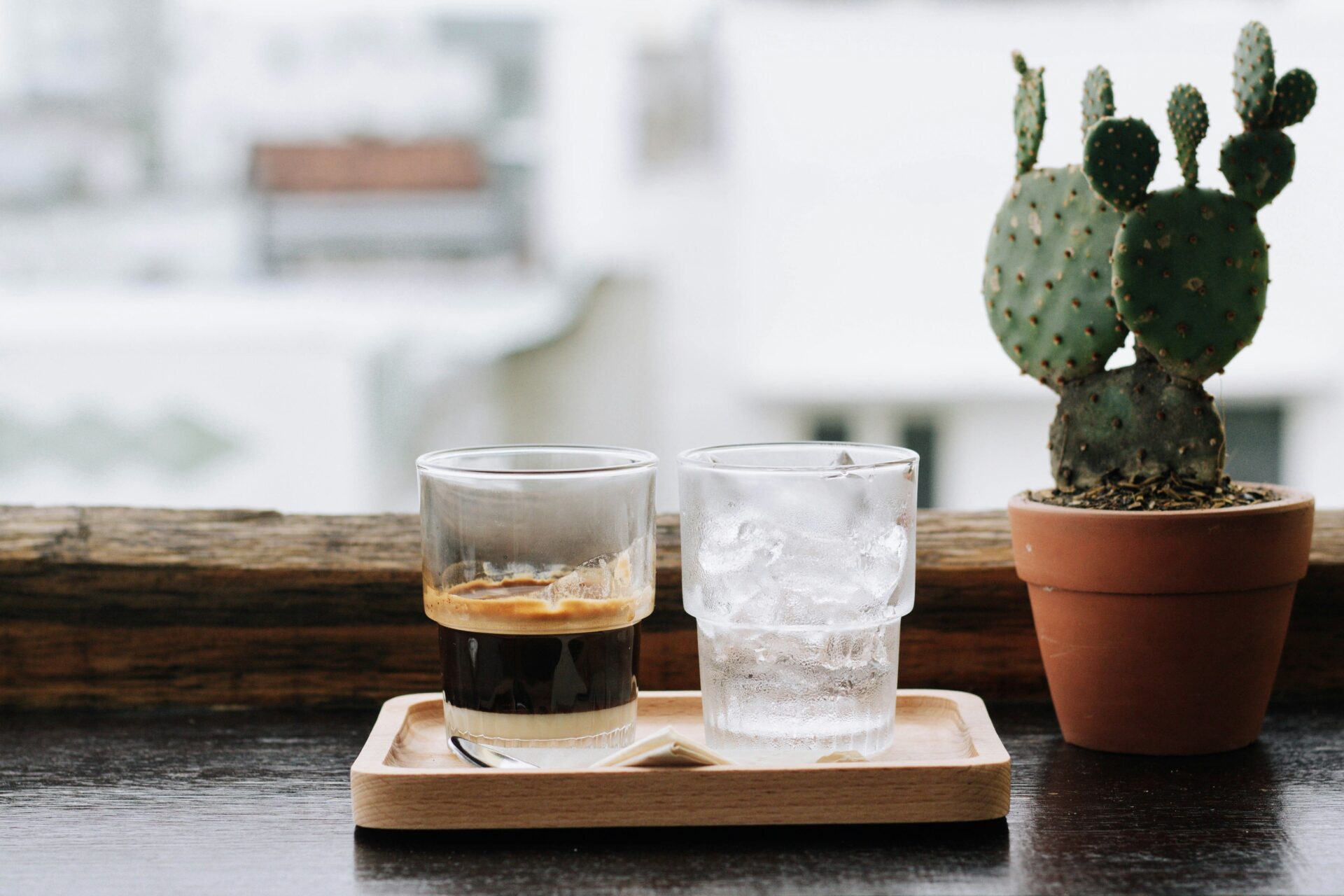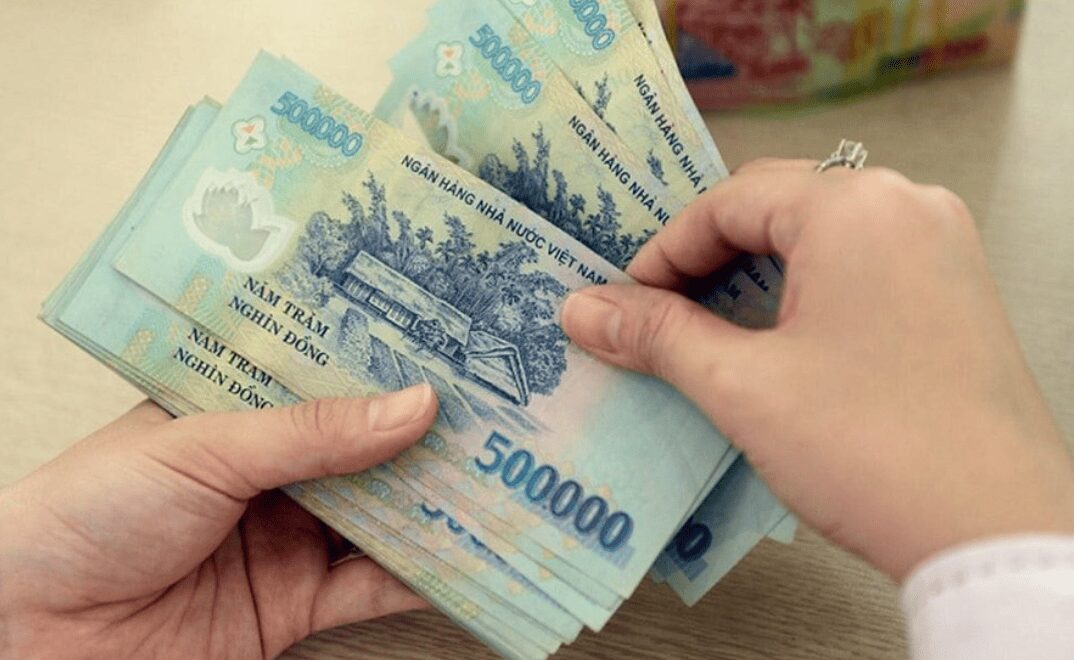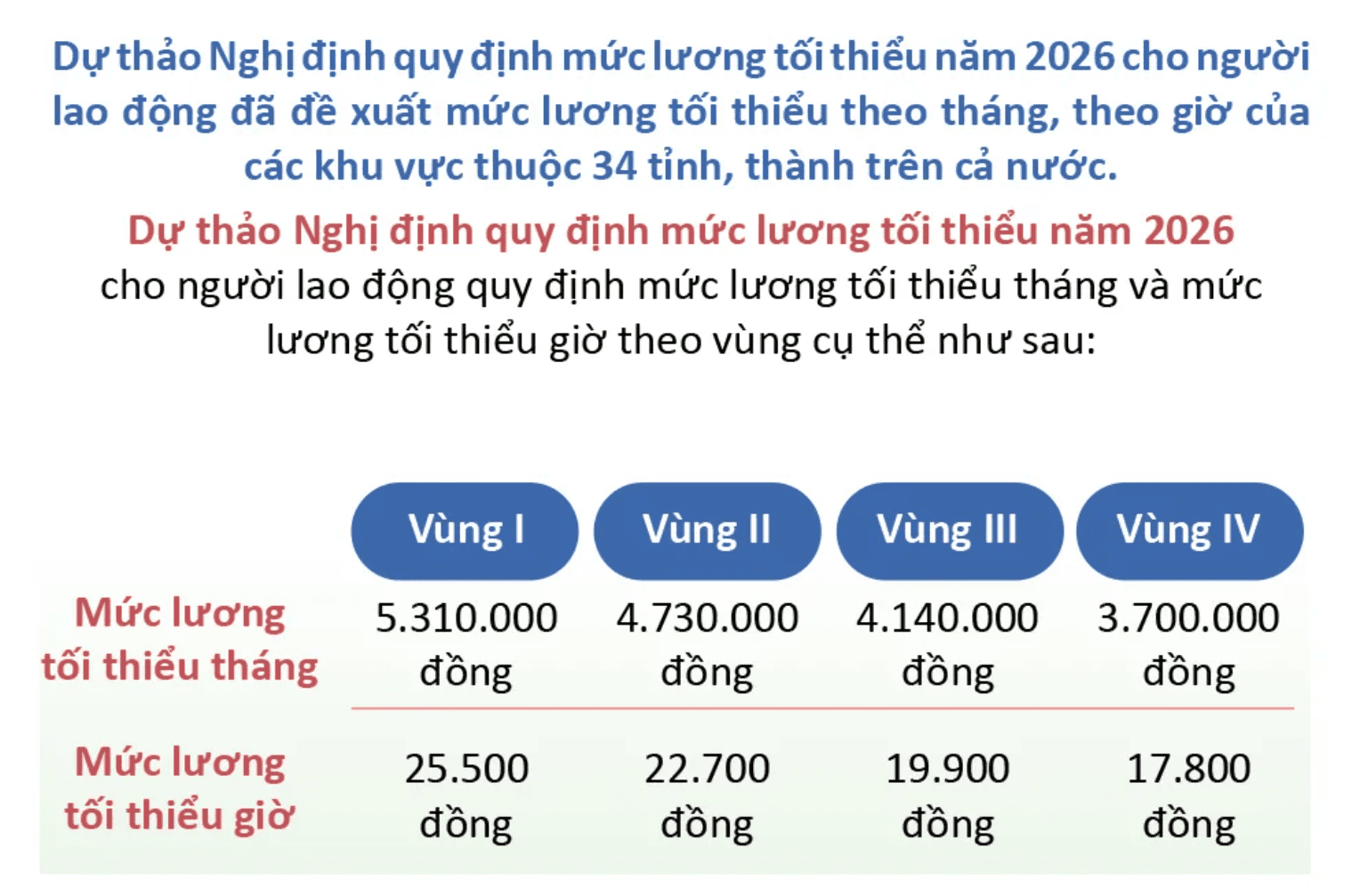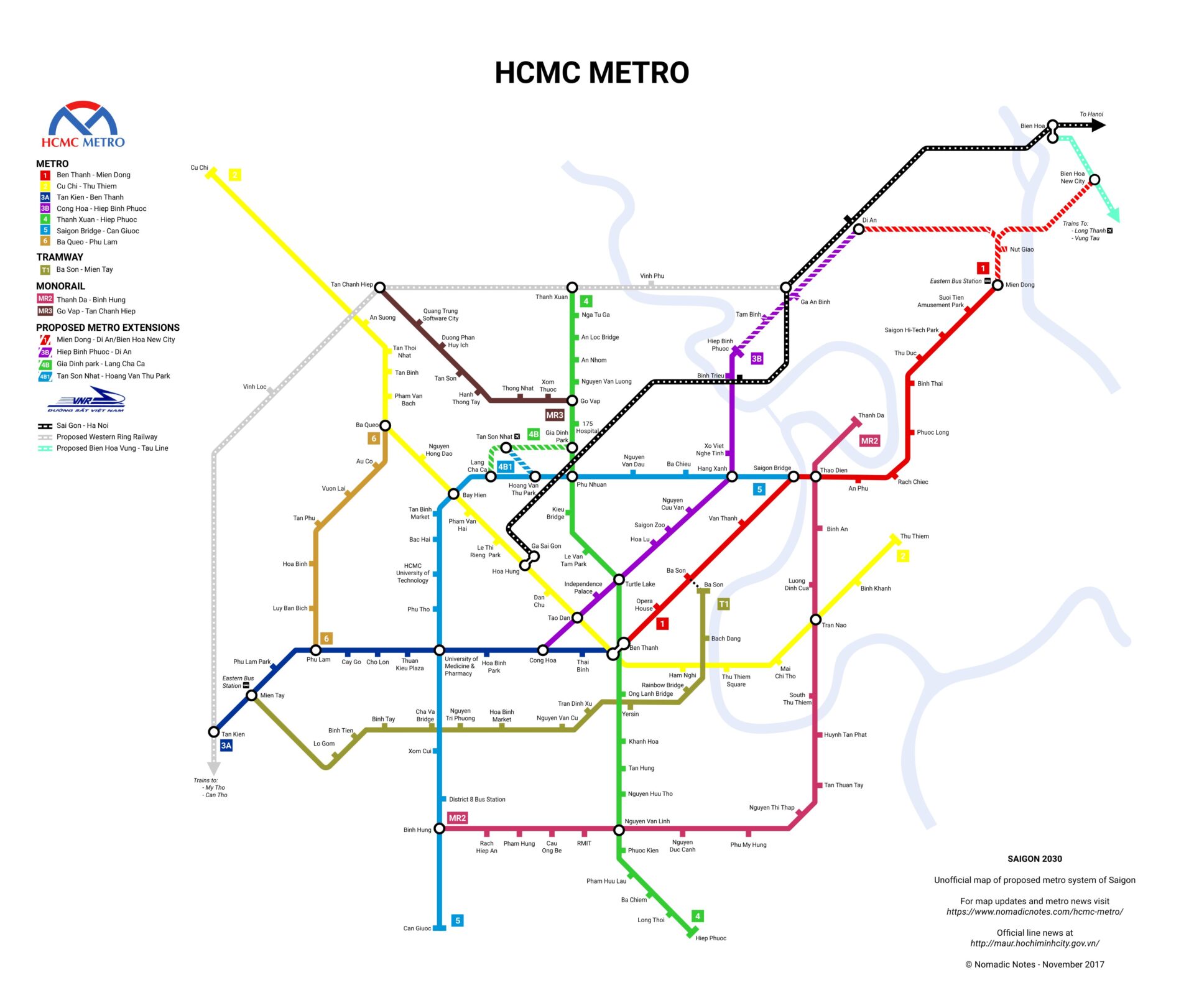Vietnam’s Coffee Culture: From Egg Coffee to Salt Coffee

目次
1. Introduction
Vietnam is the world’s second-largest coffee producer and boasts a distinctive coffee culture that sets it apart from other coffee-loving nations. Introduced during the French colonial period, coffee in Vietnam has evolved with local adaptations, creating unique drinks such as Egg Coffee, Salt Coffee, and Coconut Coffee. This article explores Vietnam’s diverse coffee culture and the flavors that make it special.
2. What Makes Vietnamese Coffee Unique?
2.1 Robusta Coffee Dominance
Vietnam primarily grows Robusta coffee beans, which are known for their strong, bitter taste and high caffeine content. To balance this intensity, the Vietnamese have developed inventive ways to sweeten and enhance their coffee, often using condensed milk, egg yolk, or coconut milk.
2.2 Traditional Phin Filter Brewing
Vietnamese coffee is traditionally brewed using a Phin filter, a metal drip filter that slowly extracts the coffee’s rich flavors. This method produces a strong, concentrated coffee with a deep aroma, perfect for pairing with sweet additions like condensed milk.
3. Unique Vietnamese Coffee Drinks
3.1 Egg Coffee (Cà Phê Trứng)
Egg coffee was invented in 1946 at Café Giảng in Hanoi, originally as a substitute for milk, which was scarce at the time.
- What it is: A mix of egg yolk, condensed milk, and sugar, whisked into a frothy, custard-like topping over strong coffee.
- Flavor: Rich, creamy, and dessert-like, often compared to tiramisu.
- Where to try: Café Giảng in Hanoi, the birthplace of egg coffee.
3.2 Salt Coffee (Cà Phê Muối)
Salt coffee originated in Hue, Central Vietnam, and has gained popularity for its unique flavor contrast.
- What it is: A mix of salt and condensed milk added to Vietnamese coffee to enhance its natural sweetness.
- Flavor: Balanced, with a slightly salty, caramel-like richness.
- Where to try: Cà Phê Muối (Salt Coffee Café) in Hue is the best-known spot.
3.3 Yogurt Coffee (Cà Phê Sữa Chua)
Yogurt is a staple in Vietnamese cuisine, and its combination with coffee creates a refreshing treat.
- What it is: A blend of Vietnamese coffee and creamy yogurt, sometimes served with fruit or honey.
- Flavor: A mix of coffee bitterness and yogurt’s tangy sweetness.
- Where to try: Popular in Hanoi and Ho Chi Minh City cafés.
3.4 Coconut Coffee (Cà Phê Dừa)
A tropical-inspired coffee drink, coconut coffee is especially popular in the southern regions of Vietnam.
- What it is: Vietnamese coffee blended with coconut milk and condensed milk.
- Flavor: Sweet, creamy, and refreshing with a tropical coconut aroma.
- Where to try: Cong Caphe, a famous Vietnamese café chain, serves an excellent version.
3.5 Vietnamese Iced Coffee (Cà Phê Sữa Đá)
This is the most popular coffee drink in Vietnam and a staple for locals.
- What it is: Strong Vietnamese coffee mixed with condensed milk and ice.
- Flavor: Bold, sweet, and refreshing.
- Where to try: Found at almost any street café, restaurant, or roadside vendor.
4. How to Enjoy Vietnamese Coffee
4.1 Brewing Vietnamese Coffee at Home
To recreate the traditional Vietnamese coffee experience, use a Phin filter.
- Add ground Vietnamese coffee to the Phin filter.
- Pour hot water slowly over the coffee and let it drip.
- Mix with condensed milk for sweetness or drink it black.
4.2 Best Cafés to Experience Vietnamese Coffee Culture
Vietnam has countless specialty cafés where you can enjoy authentic coffee drinks.
- Café Giảng (Hanoi) – The original egg coffee café.
- Cong Caphe (Nationwide) – A trendy, nostalgic café chain known for coconut coffee.
- The Workshop (Ho Chi Minh City) – A specialty coffee shop focusing on high-quality brews.
5. Conclusion
Vietnam’s coffee culture offers an exciting and unique experience for coffee lovers. From the rich and creamy Egg Coffee to the innovative Salt Coffee, and refreshing Coconut Coffee, Vietnamese coffee is as diverse as its culture. If you visit Vietnam, don’t miss the chance to explore these delicious coffee variations at a local café!
(Photo by Unsplash.com)



